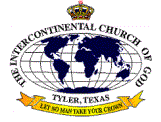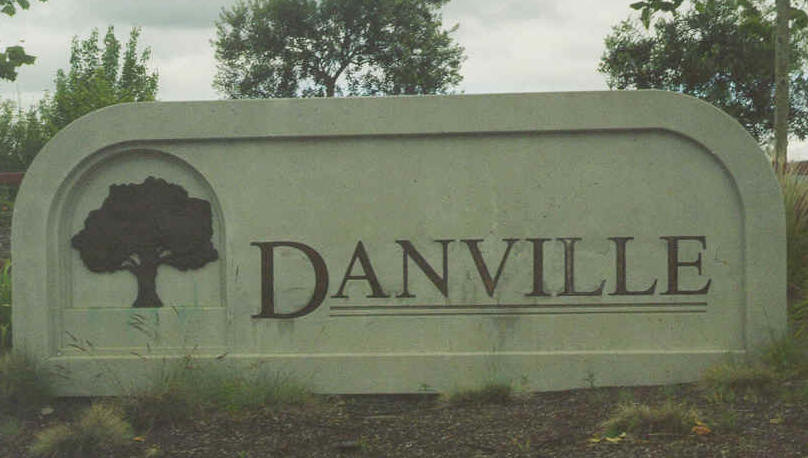In 1728,
William Byrd headed an expedition sent to
determine the true boundary between Virginia
and North Carolina. One night late that
summer, the party camped upstream from what
is now Danville, Byrd was so captured with
the beauty of the land, that he eloquently
prophesied a future settlement in the
vicinity, where people would live “with much
comfort and gaiety of Heart.” The river
along which he camped was named the “Dan”,
for Byrd, supposing himself to be in the
land of plenty, felt he had wandered “from
Dan to Beersheba”.
The
first white settlement (numerous Indian
tribes had lived in the area) occurred
downstream from Byrd’s campsite in 1792, at
a spot along the river shallow enough to
allow fording. It was named “Wynne’s
Falls,” after the first settler. The
village has a “social” reason for its
origin, since it was here that pioneering
Revolutionary War veterans met once a year
to fish and talk over old times.
The
establishment by the General Assembly of a
tobacco warehouse at Wynne’s Falls in 1793
was the beginning of “The World’s Best
Tobacco Market.” Virginia’s largest market
for bright leaf tobacco. The village was
renamed Danville by act of the Virginia
Legislature on November 23, 1793. A
charter for the town was drawn up February
17,1830, but by the time of its issue, the
population had exceeded the pre-arranged
boundaries. This necessitated a new
charter, which was issued in 1833. In that
year, James Lanier was elected the first
mayor, assisted by a council of “twelve fit
and able men.”
The
outbreak of the War Between the States found
Danville a thriving community of some 5,000
people. During those four years of war, the
town was transformed into a strategic center
of activity. It was a quartermaster’s
depot, rail center, hospital station for
confederate wounded and a prison camp. Here
six tobacco warehouses were converted into
prisons, housing at one time more than 5,000
captured Federal soldiers .
Starving
and dysentery, plus a smallpox epidemic in
1864, caused the death of 1,314 of these
prisoners. Their remains now lie interred
in the Danville National Cemetery.
Danville
became the Last Capital of the Confederacy
within the space of a few days. Jefferson
Davis and the temporary Capital moved to the
palatial home of Major W. T. Sutherlin.
Davis and his cabinet remained there until
April 10, 1865. when news of Lee’s surrender
forced them to flee southward. On the day
of their departure, Governor William Smith
arrived from Lynchburg, to establish his
headquarters.
On July
22, 1882, six of Danville’s enterprising
citizens founded the Riverside Cotton Mills,
which today is known the country over as Dan
River Inc., the largest single-unit textile
mill in the world.
Here
occurred he most famous wreck in American
rail history. On September 27, 1903, “Old
97.” The Southern Railway’s crack express
mail train, was running behind schedule.
Its engineer “gave her full throttle,” but
the speed of the train caused it to jump the
tracks on a high trestle overlooking the
valley of the Dan. The engine and five cars
plunged into the ravine below, killing nine
and injuring seven, but immortalizing the
locomotive and its engineer, Steve Broady,
in a now well-known song. Marker is located
on U.S. 58 between Locust Lane and North
Main Street at the train crash site.



